
Back in the “olden days” of 2005, it was obvious that a firm needed to choose between two types of business architecture, as business guru Geoffrey Moore explained in his famous 2005 article in Harvard Business Review, “Strategy and Your Stronger Hand.” “There were really only two organizational [business models] to choose between,” Moore wrote. You either had high-value complex, interactive operations with a small number of customers, or high-volume operations with a large number of customers, each paying very little. (Figure 1) Firms had to choose one model or the other, using their “stronger hand.” Even today, Moore urges firms to choose between the two. Ambidexterity is “not only very rare.” Moore declares: “There is no third model that scales.”
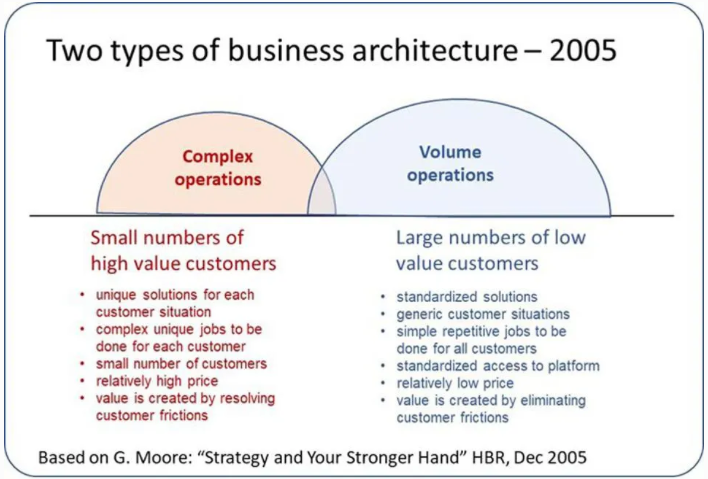
Figure 1: Two types of business architecture: complex operations and volume operations
Yet during the 2010s, something strange was happening. Even as Moore was writing, a third business model that scaled was in gestation. Firms were beginning to use digital technology to achieve organizational ambidexterity at scale. Such firms could generate complex interactive operations with very large numbers of customers. (Figure 2)
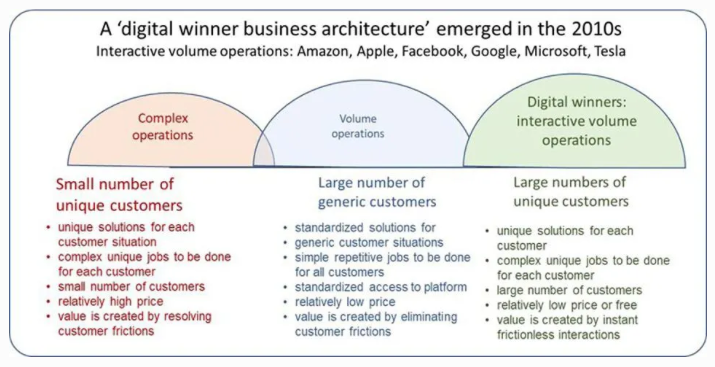
Figure 2: A digital winner business architecture emerged in the 2010s
In due course, firms with this ambidexterity became the digital winners of the new era—Amazon, Apple, Facebook Google, Microsoft, and Tesla. The result was huge profitability. (Figure 3)
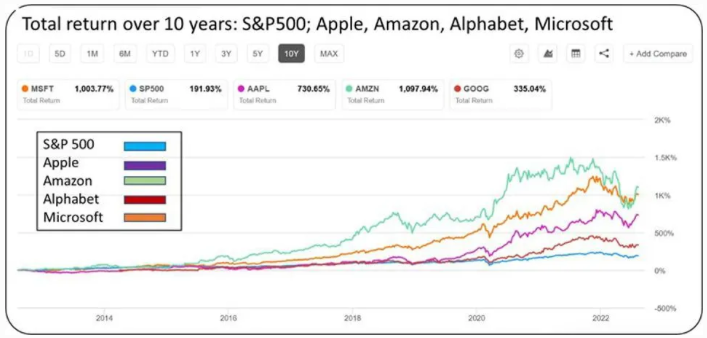
Figure 3: 10 year total return of S&P500 vs AMZN, AAPL, GOOG & MSFT
Three Different Business Architectures
To understand the interactive volume model of the digital winners, let’s start by comparing it to the older models of “complex operations” and “volume operations.”
1. Complex operations
Complex operations, such as IBM, Cisco, SAP, and McKinsey, catered to small numbers of wealthy customers with difficult problems. They provided unique solutions for each customer situation. They worked with customers who were willing to pay a high price for personally interactive service from experts. Value was created by interacting with customers, understanding their needs, and developing solutions to meet those needs. Vendors had customers in the thousands, not millions, with a small number of transactions per customer per year, for a very high price.
2. Volume operations
By contrast, volume operations focused on delivering standardized solutions for large numbers of customers for a relatively low price. Firms addressed generic customer situations—simple repetitive jobs being done for all customers. Think Nestlé, Procter & Gamble, and Kellogg. Customers got a standardized product. Value lay in meeting a common need. Vendors sought millions of customers with tens or even hundreds of transactions per customer per year, typically for a few dollars per transaction. Interaction with individual customers were costly and to be avoided. The firm crafted its products based mainly on quantitative surveys and market tests.
In 2005, these two models constituted a comprehensive picture of the business landscape at the time. There was only a small overlap between the two models (Figure 1). Firms, said Moore, needed to understand what kind of business model their firm was in and stick to that. That was their “dominant hand.” That determined the kind of people and practices that flourished in the firm. Firms needed to avoid the temptation of trying to succeed in the opposite type of business model.
3. Interactive Volume Operations
Then in 2010s. a third type of business model emerged: interactive volume operations. Some firms began providing interactive solutions for millions of customers for a very low price, or even free. Think Facebook or Google providing myriad solutions at no direct cost to the customer, while monetizing their knowledge of customers through advertising. Or Amazon having a unique interactive relationship with millions of customers, about whose wishes and interests Amazon knew a lot, and could use that knowledge to offer new products in a friction-less manner. The business model often enjoyed massive network effects.
As with complex operations, such firms had an interactive relationship with each individual customer, but now through digital technology. Indeed, value for customers was co-created through instant, friction-less digital interactions. The firm was able to achieve high-quality interactions through a combination of digital technology and customer-driven mindsets. Empathy became a key value. Learning about the customer came mainly from interactions with customers, along with high-powered computing, using the Cloud and artificial intelligence.
The interactivity thus came, not from interacting with human beings, but rather by interacting with the product or service itself. (Figure 4)
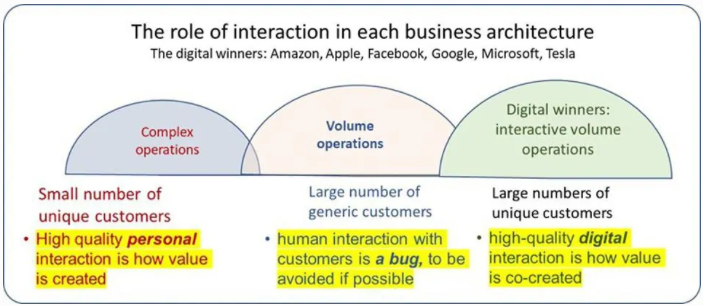
Figure 4: Role of interaction in each business architecture
Although the interactive volume business model could operate with huge numbers of customers, its mode of operation was very different from the traditional volume model, which was based on generic, standardized inert products, where the focus was on eliminating any variation. Learning about the customers was carried out by quantitative research and market testing. (Figure 5)
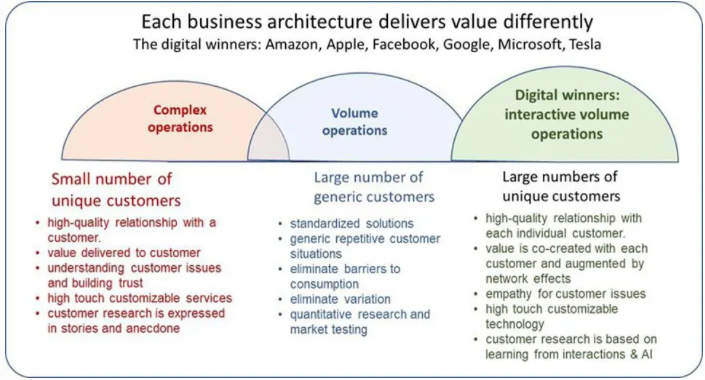
Figure 5: How each business architecture delivers value
A Key Feature Of The Interactive Volume Model: A Different Mindset
The huge financial gains made by the digital winners tempted traditional firms to emulate their success with “digital transformations,” that involved large investments in technology and IT staff. Yet the initiatives were generally disappointing. That was because the new way of operating wasn’t just a matter of technology. It involved a radically different management mindset.
Thus, both the older volume operations and complex operations models had a traditional business mindset. The goal of the firm was to make money for the company and its shareholders. And the structure of the firm was a vertical hierarchy of authority, with units operating with silos. (Figure 6)
That was quite different from the mindset required by the complex interactive model. Here the goal of the firm shifted to co-creating value for customers; long-term shareholder value and profits were seen as results of business models, not goals. Work was typically conducted in self-organizing, agile teams, not individuals reporting to bosses. The firm’s structure shifted from a vertical hierarchy of authority to a horizontal, interactive network of competence. have a personality. Consider telling a great story that provides personality. Writing a story with personality for potential clients will assist with making a relationship connection. This shows up in small quirks like word choices or phrases. Write from your point of view, not from someone else's experience.
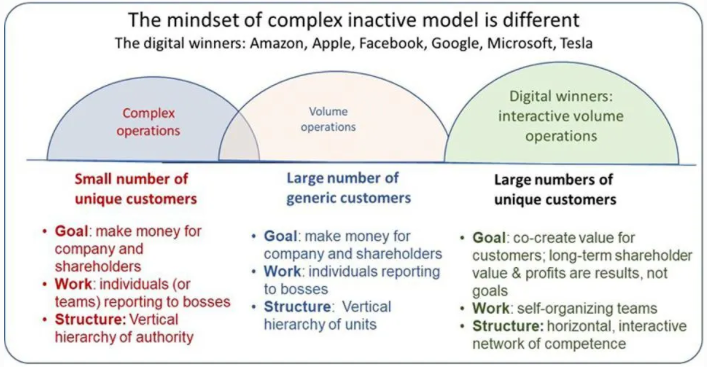
Figure 6: The role of management mindset is different
The Role of the Three Models
All three models play a role in today’s economy.
1. Complex operations
Columbia University management professor Rita McGrath points to Steve Blank’s book “4 Steps to the Epiphany,” and his blog: in the ideal complex systems, when customers had a problem, they tended to be “aware that they had a problem, had been actively looking for a solution, had put together a not-so-great solution, and had or could acquire a budget.” Credibility was key. “For their part,” writes McGrath, “complex systems buyers want to know why they should trust you to solve their problems versus available alternatives.”
2. Volume operations
The goal in volume operations was to eliminate any barriers to consumption by users and encourage repeat purchasing and word-of-mouth referrals. This meant removing any variation or customization. In this model, designers and engineers were unlikely to share traits with the millions of customers. Market research was quantitative and experimental market tests. Significant parts of the economy are still operating in the volume operations model.
3. Interactive volume model
Nevertheless, the interactive volume model can be an unexpected threat to the volume customer model. Even the famed management theorist Clayton Christensen said at the time of the release of the iPhone in 2007 that it “wasn’t truly disruptive.” It was “a product that the existing players in the industry are heavily motivated to beat,” and that “its probability of success is going to be limited.” Five years later, in 2012, Christensen was still saying that the iPhone would soon succumb to price competition and modular knockoffs. “History,” Christensen said, “speaks pretty loudly on that.”
Ten years after that, in 2022, and trillions of dollars more in profits, the iPhone was still going strong. What Christensen missed was that Apple had created not just a volume operations product, but an interactive digital product. The iPhone wasn’t just a phone. It was a constantly evolving, interactive, multi-function device that devastated many other products and services, including address books, video cameras, pagers, wristwatches, maps, books, travel games, flashlights, dictation recorders, music players, and many more.
Christensen’s “loud lessons” from the history, in which one firm’s products compete against another’s, didn’t apply to firms that are innovating in the digitally interactive mode. An entirely new game was being played. In this new game, innovation could transform many other products and disrupt the dynamic of the volume operations model.
Thus, even a management theorist as brilliant as Christensen allowed belief in his own theory of management models to shield him from what was happening in front of his eyes.
The original article was written to Forbes.com You can read the original at: https://www.forbes.com/sites/stevedenning/2022/08/09/how-a-new-kind-of-business-model-created-digital-winners/?sh=3025ea396fc0